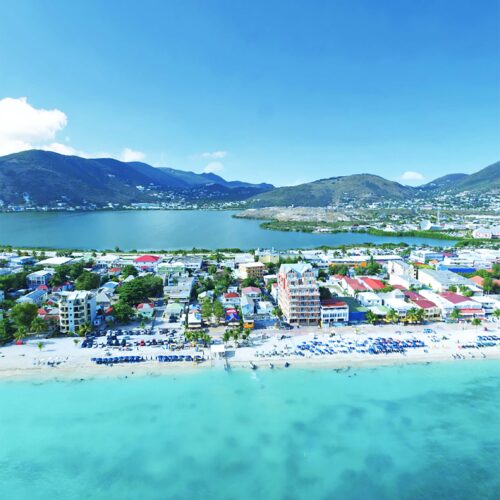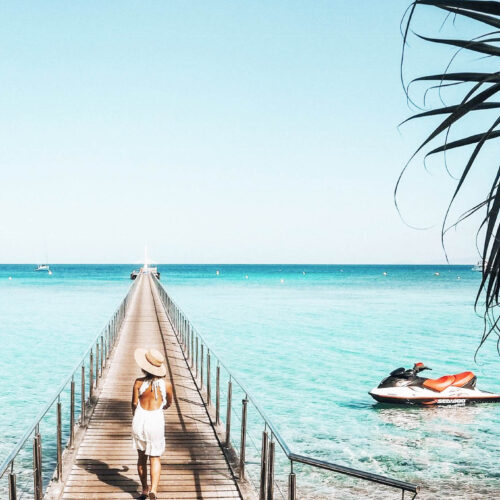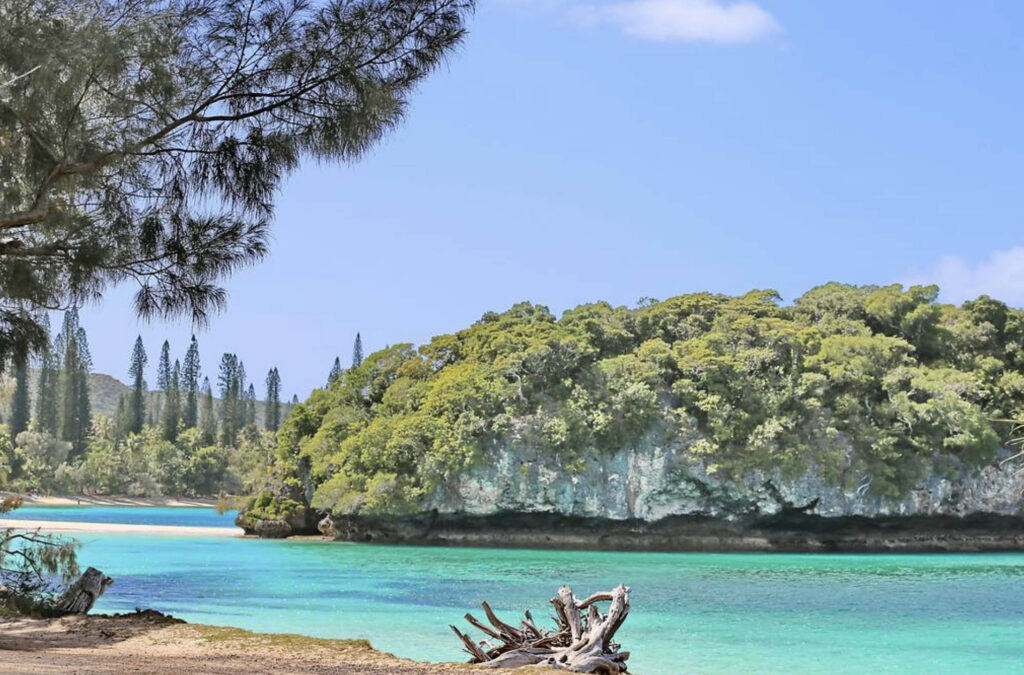
Come for the Beaches, Stay for the Coconuts: New Caledonia’s Île des Pins, the French Island Where Your Worries Go to Die
Île des Pins is a beautiful island located in the Southern Province of New Caledonia. It is known for its stunning natural beauty, with crystal-clear waters, white sandy beaches, and lush vegetation.
The island is a popular tourist destination and attracts visitors from all over the world who come to enjoy its idyllic setting and explore its many attractions– from hiking to the island’s highest peak to swimming in natural pools, snorkeling, and kayaking, Île des Pins offers many activities for adventure-seekers and nature lovers.
The island also has cultural history, with several traditional villages and fantastic cuisine, making it an excellent destination for those interested in history and culture.
Here are some fun activities you can enjoy during your visit:
- Visit Kuto Beach: Kuto Beach is a beautiful white sandy beach on the island. You can relax on the beach or swim in the clear turquoise waters.
- Hit the Natural Pool: The Natural Pool is a stunning natural swimming pool on the island. The pool is surrounded by rocks and is a popular spot for swimming and snorkeling.
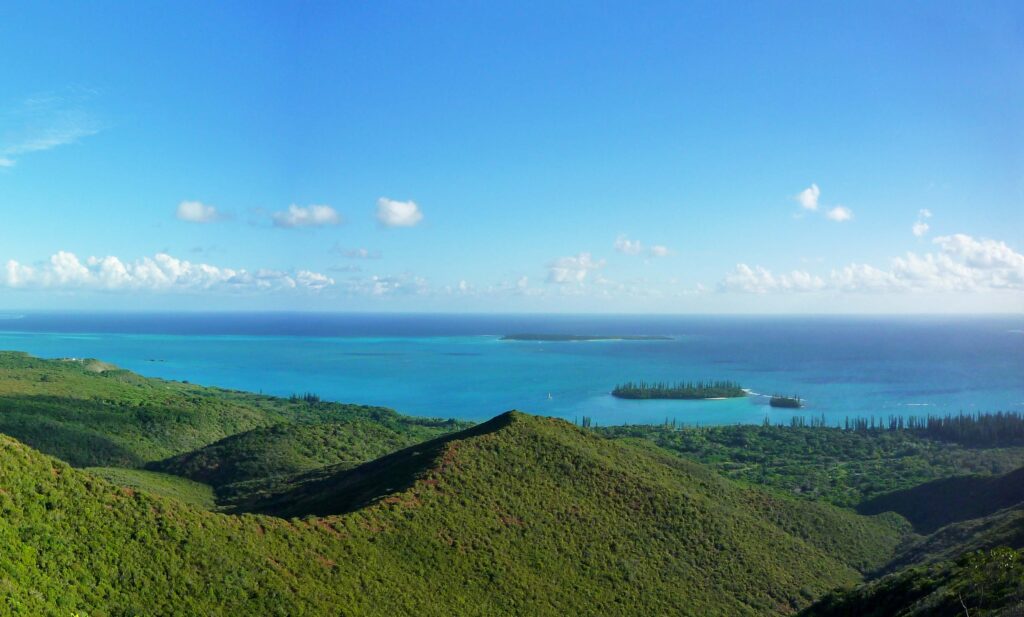
- Hike to Pic N’ga: Pic N’ga is the highest point on the island, and you can enjoy a scenic hike to the summit. The walk takes about two hours and offers breathtaking views of the island.
- Visit Grotte de la Reine Hortense: Grotte de la Reine Hortense is a beautiful limestone cave on the island. The cave is home to stunning stalactites and stalagmites and is a popular spot for caving enthusiasts.
- Explore the Oumagne Grottoes: The Oumagne Grottoes are a series of limestone caves that offer a unique and fascinating experience. You can explore the caves with a guided tour and learn about the island’s geology.

- Visit the Vao Village: Vao Village is the largest village on Île des Pins and is a great place to experience the local culture. You can visit the local market, sample the local cuisine and explore the traditional architecture.
- Snorkel at Oro Bay: Oro Bay is a stunning bay on the island and an excellent spot for snorkeling. The waters are clear and shallow, and you can see various marine life.
- Relax at Kanumera Bay: Kanumera Bay is another beautiful beach on the island. The bay is surrounded by lush vegetation, and you can relax on the beach or swim in crystal-clear waters.
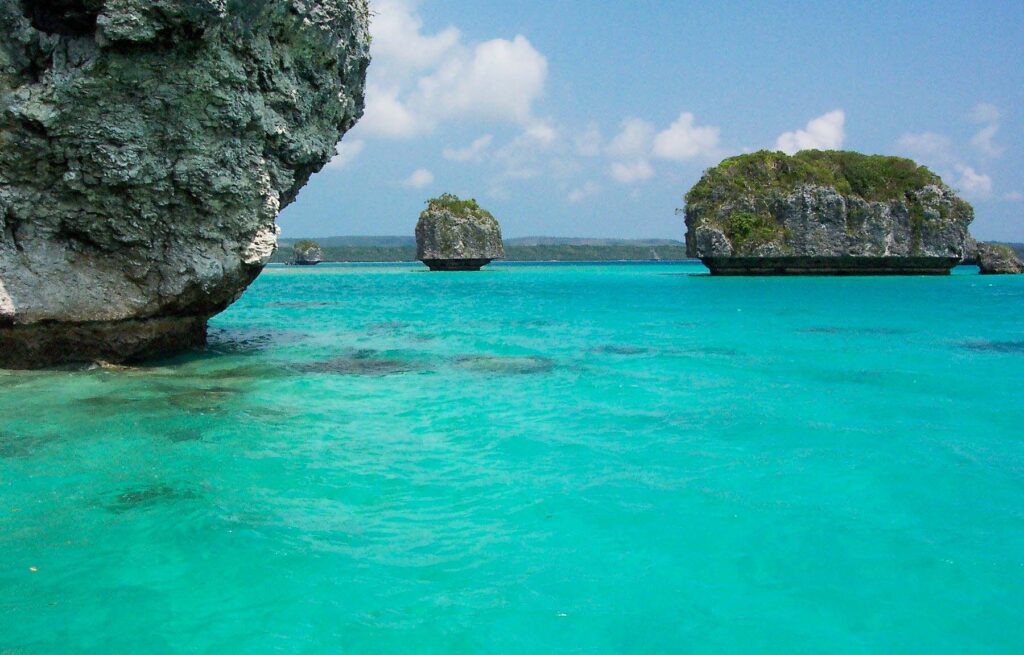
- Kayak in the Upi Bay: Upi Bay is a beautiful bay on Île des Pins, and you can explore it by kayak. Kayaking is a great way to experience the bay’s natural beauty and get up close to the marine life.
- Take a boat tour: You can tour the island and explore the beautiful coastline. You can also visit nearby islands and explore the coral reefs.
Did you know?
Île des Pins was once a penal colony for political prisoners during the 19th century. The most famous prisoner was Alphonse Daudet, a French writer exiled to the island in 1867. His experiences on Isle de Pines inspired him to write his famous book “Letters from My Windmill.” Today, a monument is dedicated to the political prisoners in the Vao Village, which serves as a reminder of the island’s dark past.
Île des Pins island was initially inhabited by the Kanak people, who lived there for thousands of years before the arrival of Europeans. In 1774, British explorer Captain James Cook visited the island and named it Isle de Pines due to its abundance of tall pine trees.
In the 19th century, Île des Pins became a penal colony for political prisoners, and many convicts were sent to the island to serve their sentences. The most famous of these was Alphonse Daudet, who wrote about his experiences on the island in his book “Letters from My Windmill.”
During World War II, Isle de Pines was occupied by Japanese forces, and many locals were interned in prison camps. After the war, the island became a French overseas territory, and today it is part of New Caledonia.
Île des Pins’ economy is based primarily on tourism, and the local population has worked hard to preserve the island’s natural beauty and cultural heritage.
Visitors can explore traditional Kanak villages, hike through the island’s lush forests, and enjoy its beautiful beaches and clear waters.
